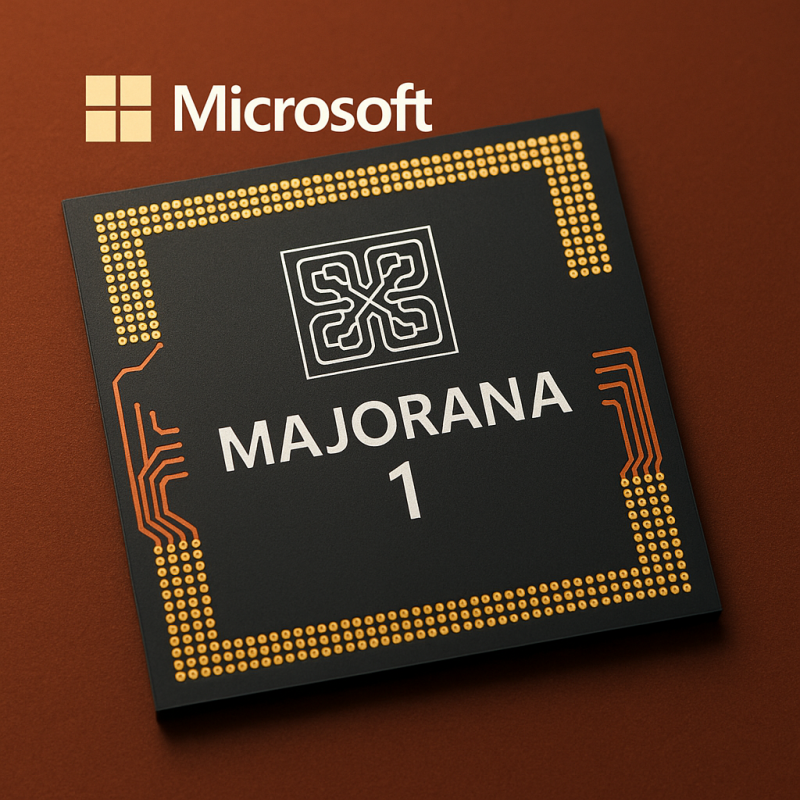
Microsoft Ignites a Quantum Leap with Its New Topological Chip – Is the Future Here?
In a move that feels straight out of the future, Microsoft has announced its new chip based on the topological core, laying the foundation for a new era of quantum computing.
Yes, we’re not talking about a new laptop processor or a supercharged GPU… this is a completely different class of chips — one that can run quantum computers with minimal error and maximum stability. Something that, until recently, was the stuff of science fiction.
What’s the story?
The chip is called “Majorana 1”, and it’s based on a structure known as a topological core. In simple terms, it’s a revolutionary way of constructing qubits (the basic units of quantum computing), making them significantly more resistant to noise and operational errors — a massive challenge in today’s quantum devices.
As many of our readers on enji369.org know, quantum computing promises to solve problems that even the fastest classical supercomputers can’t touch. But the biggest challenge has always been error correction. Qubits are extremely sensitive to environmental noise, making scalable quantum computers nearly impossible… until now.
What’s different about Microsoft’s chip?
According to Microsoft, this is the world’s first chip to use topological superconductors — a rare and exotic state of matter that behaves in strange and fascinating ways at the quantum level. The result? Incredibly stable qubits suitable for real-world quantum applications.
- The chip could eventually support up to a million qubits.
- It combines traditional semiconductor technology with quantum superconducting methods.
- And it’s designed to be scalable and manufacturable at industrial levels.
What does this mean for us?
We’re not about to order a “quantum laptop” on Amazon next week. But this announcement signals that the real race toward functional quantum computing is heating up — and we’re inching closer to an era where this technology powers breakthroughs in AI, pharmaceutical simulations, space data analysis, and even encryption and cryptography.
Has Microsoft just outpaced Google and IBM in the quantum game? Technically, yes. “Topological qubits” have been a promised goal in the field for years — but no one has successfully built one… until now.
Bottom Line
Microsoft hasn’t released a consumer product just yet, but it has laid down the blueprint for a fully functional quantum computer within the next decade. This moment feels like IBM unveiling the first mainframe in the 1940s or Apple revealing the first iPhone — we’re witnessing a new chapter in tech history.
And if you’re following us on enji369.org, you heard it here first.
Add comment
Comments